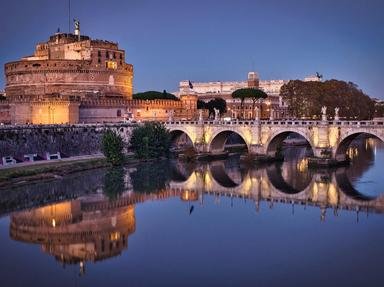Quiz Answer Key and Fun Facts
1. The Indus Valley Civilisation thrived during which period?
2. The first excavations of the Indus Valley Civilisation was carried out at which two places?
3. Who is credited with the discovery of the Indus Valley site/excavations?
4. Which of these two Indus Valley sites is located within the modern day country of India?
5. What is the literal meaning of Mohenjo-daro?
6. Is there a script known as the Indus Valley Script?
7. The Pashupati seal is considered to be one of the earliest depictions of which Hindu god?
8. The discovery of a few equine teeth at a Balochistan site indicates that the Harappa people may have known of the horse. At what Balochistan site was this discovery made?
9. The _________ was a unique structure in Mohenjo-daro.
10. According to most widely accepted theories, which of these invaders brought about the decline of the Indus Valley Civilisation?
Source: Author
zorba_scank
This quiz was reviewed by FunTrivia editor
gtho4 before going online.
Any errors found in FunTrivia content are routinely corrected through our feedback system.
